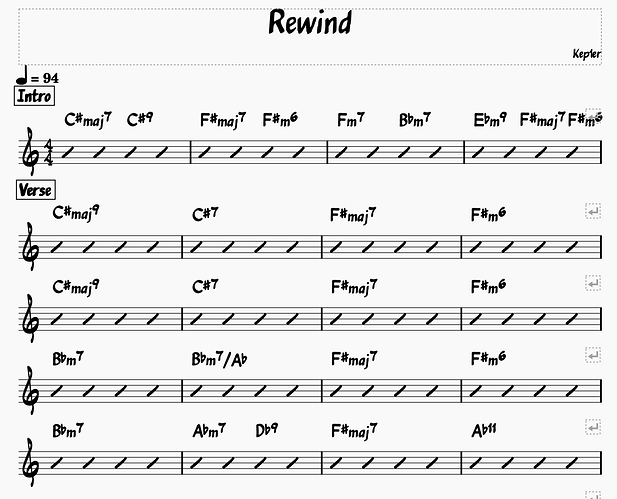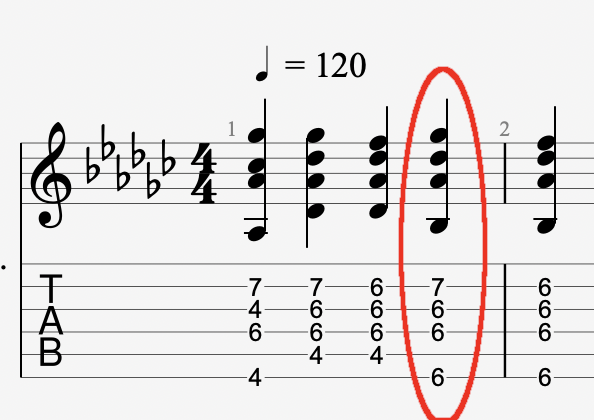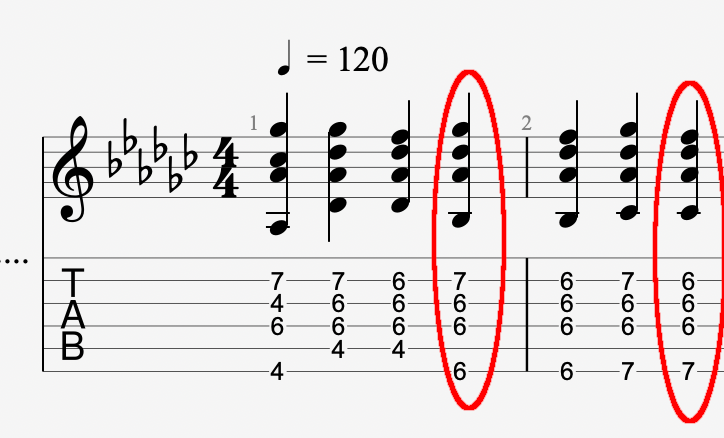Simplicity is a factor as well. The point of theory/harmony is really a means by which we can explain things that we play/create.
In the spirit of simplicity,
Db Major = Db Eb F Gb Ab Bb C (5 flats)
C# Major = C# D# E# F# G# A# B# (7 sharps)
Soooo. In the spirit of simplicity if you give me the choice of having to think of an F as an E#, I will likely raise an eyebrow and wonder some things… If you present it to me twice, and force me (the player) to think of a C as a B# I will likely transpose this whole thing into an enharmonic key that doesn’t do that; Db. a key with 5 flats is easier to process than one with 7 #'s, and yes we SHOULD practice those keys that are more complicated as well as the resulting harmony that unfolds however I am to @$!%!! busy getting killed failing at picking to worry about it at the moment.
I present to you the keys, number of #/b’s in 4ths. Tell me if you can see a pattern. (Hint; 4ths/inverted 5ths and the names of your strings…) I prefer to think in cycle of 4ths because that’s how my guitar is tuned. And my bass. When I play Mandolin or violin i tend to think in 5ths, again because of the tuning. Anyways, memorize this - it’s handy. While there’s more than just this approach - this has served me well.
C (No#/b)
F (Bb)
Bb (Bb Eb)
Eb (Bb Eb Ab)
Ab (Bb Eb Ab Db)
Db (Bb Eb Ab Db Gb)
Gb (Bb Eb Ab Db Gb Db)
B (F# C# D# A# E#)
E (F# C# D# A#)
A (F# C# D#)
D (F# C#)
G (F#)
So your chart, first 4 bars would actually be this (In the spirit of simplicity)
|: Dbmaj7 Db9 | Gbmaj7 Gbm6 | Fm7 Bbm7 | Ebm9 Gbmaj7 Gbm6 
Bbm7 could be written as Db/Bb and then Bbmin7 as Db/Ab; it’s the same thing as you have written but it prepares the firast time reader for the “slash-chord surprise”. Also, we haven’t discussed what’s going on in the melody just yet either, so that makes implications along with the harmony.
Finally, the “key” that your chart is in is a guideline; you can deviate. Put in the key signature on your chart, and whoever is playing it will love you.
I hope that helps, good luck!





